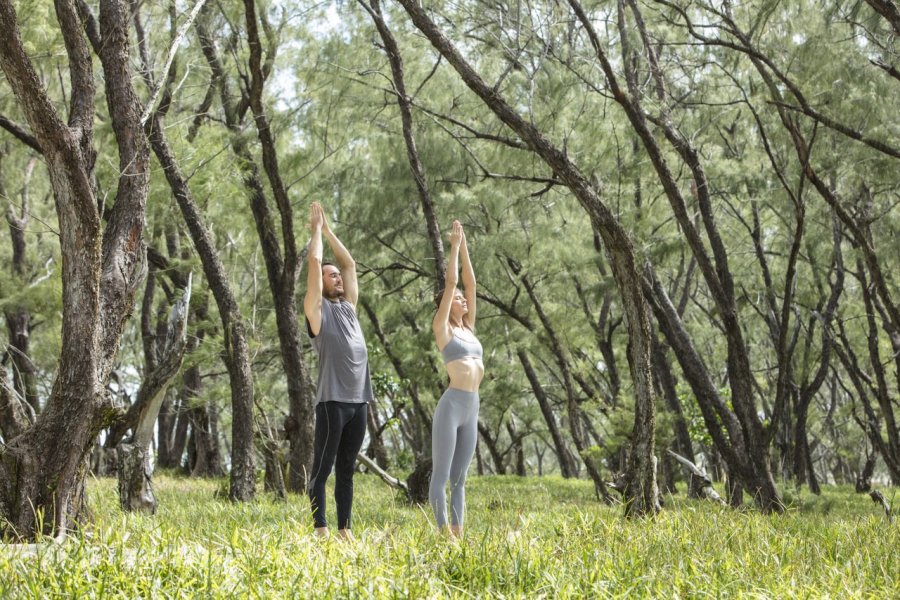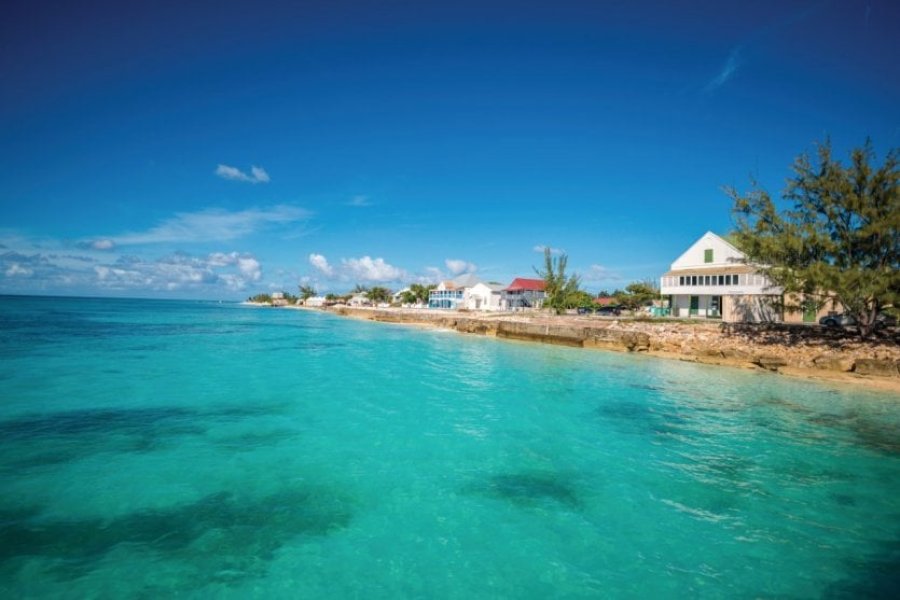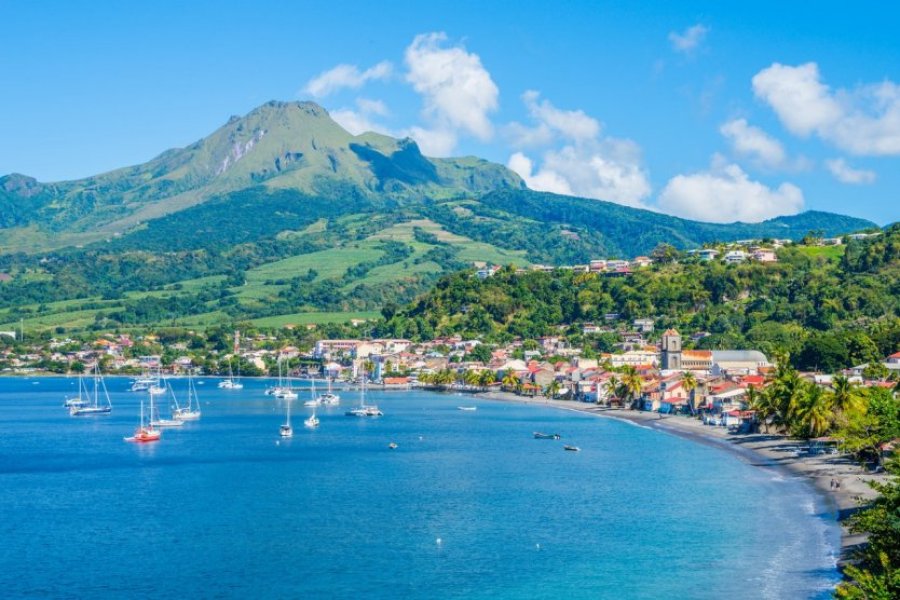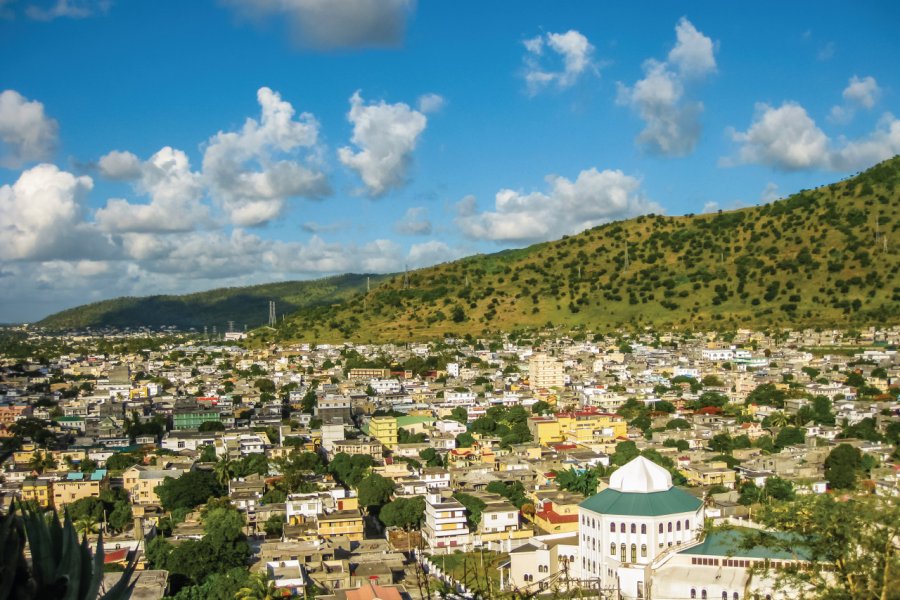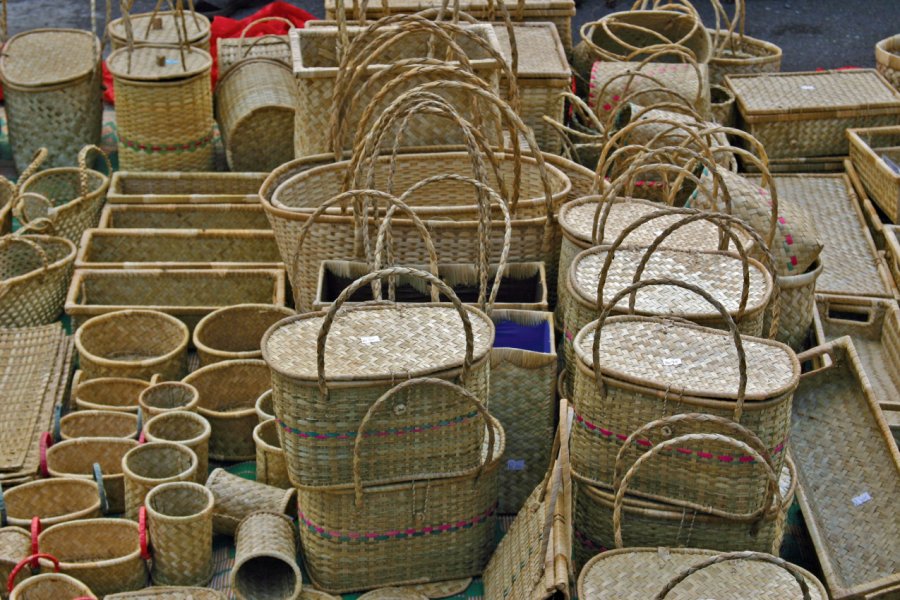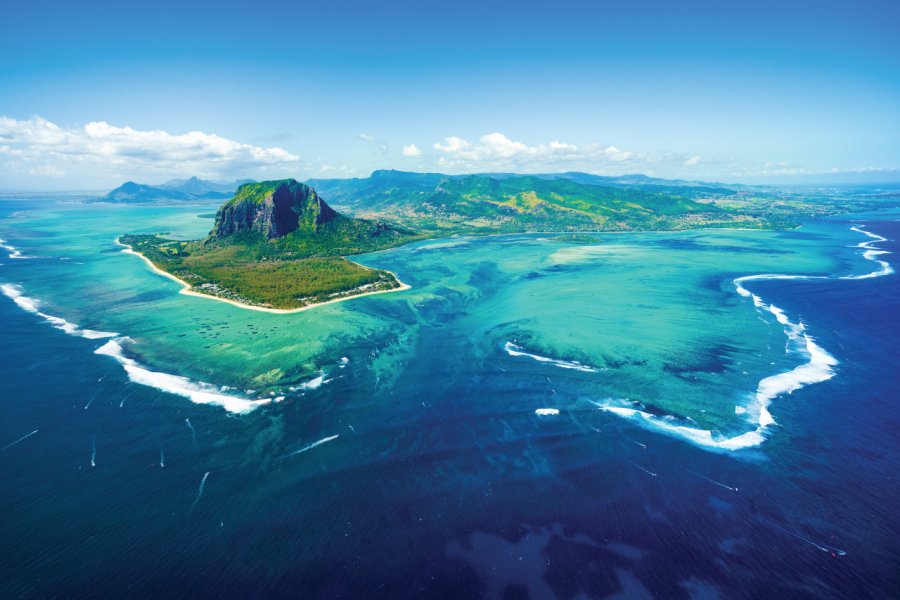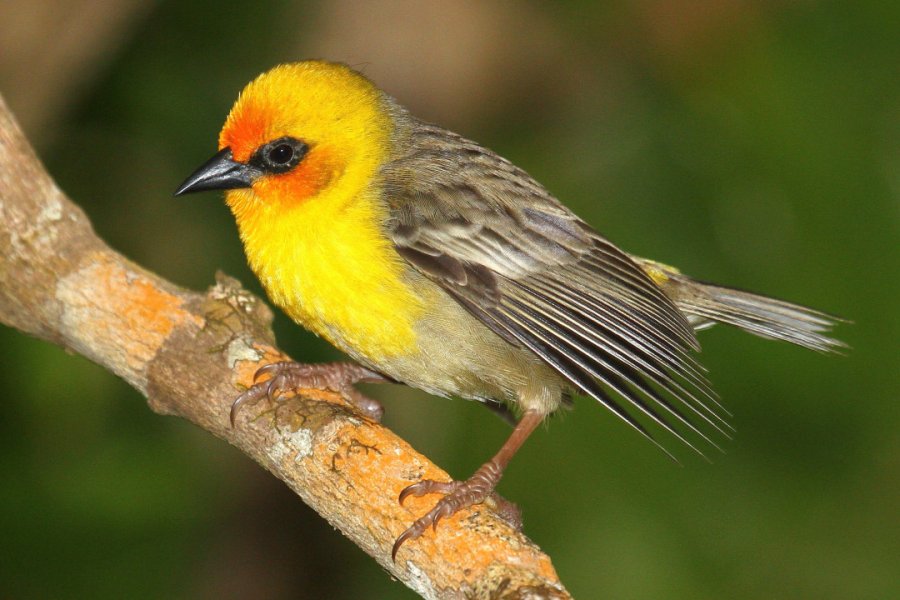Travel guide Mauritius
A melting pot of cultures, Mauritius is a popular destination for holidaymakers. And for good reason, once the customs have passed, a nap stamped on the passport, the Mauritian joie de vivre quickly won the visitor. Sometimes confusingly kind, Mauritians smile and speak easily. Here we take the time to enjoy the encounters, to enjoy the warmth that defies the seasons and to share the traditional Sunday picnics on the beach, always accompanied by a guitar and wild dancers. No one can remain unmoved by the intoxicating smell of Creole or Indian pots. With a full heart and a full stomach, this Mauritius tourist guide will become your ally in the search for the natural and cultural treasures of Mauritius: markets, museums, ancient mansions, tropical forests, tea plantations, nature reserves, etc. In the west, the fashion is for kitesurfing, swimming with dolphins and climbing Morne Brabant from where you can enjoy a 360° view of the island and the ocean. North of Port-Louis, the historic and bustling capital, the beaches of Trou-aux-Biches and Mont-Choisy are among the most beautiful in the country. Inland, the huge sugar cane fields are dotted with colourful Indian temples. Don't miss the annual ceremonies that take place there and a visit to the village of Chamarel, known for its colored lands, and rich in ecological sanctuaries and other attractions. The eastern coast, more wild, is famous for its paradisiacal islets such as Île aux Cerfs, accessible in a few minutes by boat on a sea with infinite shades of blue. Don't wait any longer, pack your bags and go on a trip to Mauritius!
What to see, what to do Mauritius?
-
Book an activity
-
Customized travel
- The most beautiful cities Mauritius
When to go Mauritius ?
Like many destinations in the world, Mauritius has several annual tourist seasons, which are crucial in terms of prices.
The very high season runs from mid-December (around the 20th) to mid-January. Mauritius has made luxury hotels its specialty and prices during this period become exorbitant. This is a logical consequence of being called the "Pearl of the Indian Ocean".
The high season extends from October to early December and from mid-January to late April.
The middle season runs from the beginning of August to the end of September, and the low season from the beginning of May to the end of July. It is during the latter months that you can benefit from the best offers (discounts for families, newlyweds, free second week, interesting packages...). In any case, keep in mind that flights are often fully booked for a good part of the year and that, unless you leave alone without any imperative time constraint, it is preferable to book your stay several weeks or even months in advance.
Suggested addresses Mauritius
Travel Mauritius
-
Find a hotel
-
Car Rental
-
-5% on travel insurance-15% off travel insurance
-
Find a local agency
La petite taille de Maurice, son relief peu accidenté et son réseau routier bien développé font qu'il est très facile de se rendre d’un point à l’autre de l’île dans la journée, voire la demi-journée. De ce fait, les circuits à proprement parler, avec changement d’hôtels et de régions, ne sont pas courants même s'ils peuvent être intéressants - nous en suggérons 2. La majorité des voyageurs choisissent un lieu de villégiature unique et rayonnent à partir de celui-ci à travers l’île entière. D’où l’importance de ne pas se tromper dans son choix initial et de sélectionner la région la plus appropriée à ce que l’on recherche ou plutôt LES régions, l’idéal étant de séjourner dans deux parties différentes de l'île si l’on dispose d’au moins 8 jours, et dans trois si on est là pour 15 jours. Ne pas négliger non plus les terres intérieures qui ont suffisamment d'attraits pour composer une belle échappée verte.
Find unique Stay Offers with our Partners
How to go Mauritius
How to go alone
It is very easy to go alone in Mauritius and to get around, as many Mauritians speak French. There is a wide range of accommodation, activities and restaurants. The adventurous can plan their day-to-day activities, remembering that an address is required upon arrival.
How to go on a tour
Many tour operators offer all-inclusive stays in Mauritius with activities and excursions organized from the hotel. Other stays, more thematic, will include a stay in Rodrigues or Reunion Island. Finally, Mauritius is a popular destination for honeymoons, and special offers are available for newlyweds.
How to get around
It is very easy to get around in Mauritius, the island is not very large and distances are short.
By cab. They are everywhere on the island and their prices are bargainable. They do not hesitate to go around the island.
By bus. This is by far the most economical way to travel and they cover the whole country.
By car. The road network is well developed and serves all the towns and strategic points of the island. Be careful, we drive on the left.
Featured articles Mauritius
Discover Mauritius
Of course, it has everything of an island - the one of our European dreams in need of colours, softness and warmth when the winter hits: exoticism, coconut palms, the zoli parlé kréol, the cool-attitude, the white of the sand and the turquoise of the lagoon. But not only that. Geographical and strategic crossroads on the vast Indian Ocean, successively invested by peoples from Europe, Africa and Asia, Mauritius offers its mixture and its plurality to those who thought it was exclusively seaside. There are temples, pagodas, processions and folklore. They are rites, prayers and traditions. Multiple heritages: culinary, literary, musical, architectural... and natural too since beyond the beaches, in the green heart of the island, peaks, forests, waterfalls, etc., create the relief
From craters to places of worship, from Chinese tabagies to beach caravans, from street art to street food, Mauritius surprises and cultivates its rich diversity.
Pictures and images Mauritius
The 12 keywords Mauritius
1. #Ayo!
It's Mauritians' favorite interjection, and the most widely used, regardless of community or social rank. It has no precise meaning, which depends on the tone expressed: joy, surprise, sadness, anger, etc. Another expression frequently heard and used: Ki manier? for how are you? Answer: Korek, ça va.
2. #Anthurium

It is the national flower of Mauritius. Originally from Colombia, it was introduced to the island at the end of the 19th century from European greenhouses. Abundantly cultivated in the country, it often forms the basis of local floral compositions. Its hues vary from white to red, through various shades of pink and orange.
3. #Camaron

Not to be confused with gambas. This large shrimp with delicious flesh does not live in the sea but in fresh water, especially in rivers with well oxygenated waters. Increasingly rare and therefore rather expensive to consume, it is often raised in barachois (fishponds) to be served in the best restaurants on the island.
4. #Camping
Holiday home and/or secondary residence of Mauritians in the cities in the form of a villa or seaside bungalow, open to nature and still made of wood for the most authentic. With the growth of tourism, some campsites are replaced by residences, others are offered on the rental market.
5. #Filao

Casuarina equisetifolia. Ubiquitous along the coast, salt- and heat-resistant, it resembles a lanky pine. In addition to providing providential shade and an ideal retreat for a siesta in the sea breeze, it helps limit erosion in coastal areas. In front of hotels, it has been replaced by the more "exotic" coconut palm.
6. #Flamboyant

Delonix regia. Native to Madagascar and common throughout the intertropical zone, the tree is adorned with large, bright red flowers from mid-November to mid-January, forming an absolutely spectacular vermeil-colored plant umbrella at its crown! Mauritians love it, as it heralds the Banané (Happy New Year) and accompanies the festive season.
7. #Gecko
Adorable little green or light-brown climbing lizard, with big sticky legs and suction cups. Omnipresent on the walls of houses and hotels (sometimes even in the bedroom!), it is absolutely harmless and feeds mainly on insects (especially mosquitoes). Its light, slightly shrill call resembles a small whistle.
8. #French Fries
Chinese noodles fried with spices, vegetables, eggs, chicken, etc. Popular, it is one of the most common, hearty and cheapest dishes in Mauritius. Originally prepared in Asian canteens, mines are now offered everywhere - gargotes, Creole or international cuisine tables..
9. #Séga
The cultural wealth of the various islands of the Republic of Mauritius, it is both a music and a dance whose origins date back to the days of slavery. While it has its own groups, singers and troupes, and its own performance days (particularly in hotels), it also invites itself into the private sphere at weddings and family reunions.
10. #Street food
Reflecting the island's cultural mix and the lifestyles of its inhabitants, street food is part of Mauritius's heritage. Everywhere on the streets, beaches and bus stations, you'll find the trailers of street vendors. Dumplings, gatos piments, dholl puris and rotis are the stars of the deliciously flavored local food culture.
11. #Tobacco
Mauritian version of the Arab grocery store, except that you go "chez le Chinois"! Historically created and run by Asians, these ubiquitous island-wide stalls sell food and a little bit of everything: household products, drinks, shampoos, notebooks, hardware and - hence the name - cigarettes and tobacco.
12. #Varangue
Introduced in the 18th century by the French colonists, this veranda surrounded the first floor of colonial houses. Opening onto the garden, it was one of the main living and reception areas of the home. Today, Mauritians refer to any covered terrace as a varangue , even one that borders only one side of the house.
You are from here, if...
You're smiley and cool, never (or very rarely) get angry, never raise your voice and take life in your stride, with a certain kind of fatalism and gentle philosophy.
You accept differences - cult, clan, caste - and, while not excluding resentment or criticism, brandish your "Mauritianism" as an antidote to racist excesses.
You never wear a monokini or, worse still, practice naturism on the beach.
You never move anything in the sea or touch the coral.
You never cross the coral reef (except by boat when you're a skipper).
Don't walk barefoot in the ocean near rocks or boat anchors where stonefish may be hiding.
When you're driving, watch out for stray dogs, mopeds, pedestrians on the pavement and buses running over.
You wear decent clothes in religious places.
You (especially men) love games, betting, racing, lotto and soccer.







